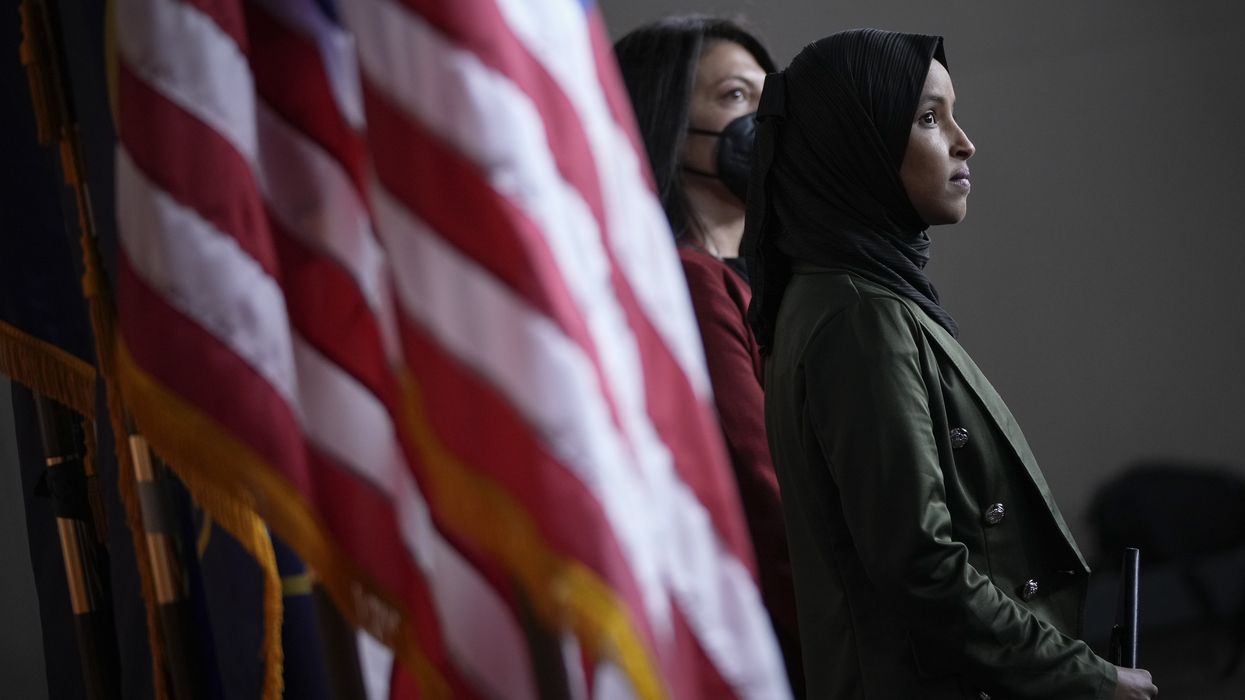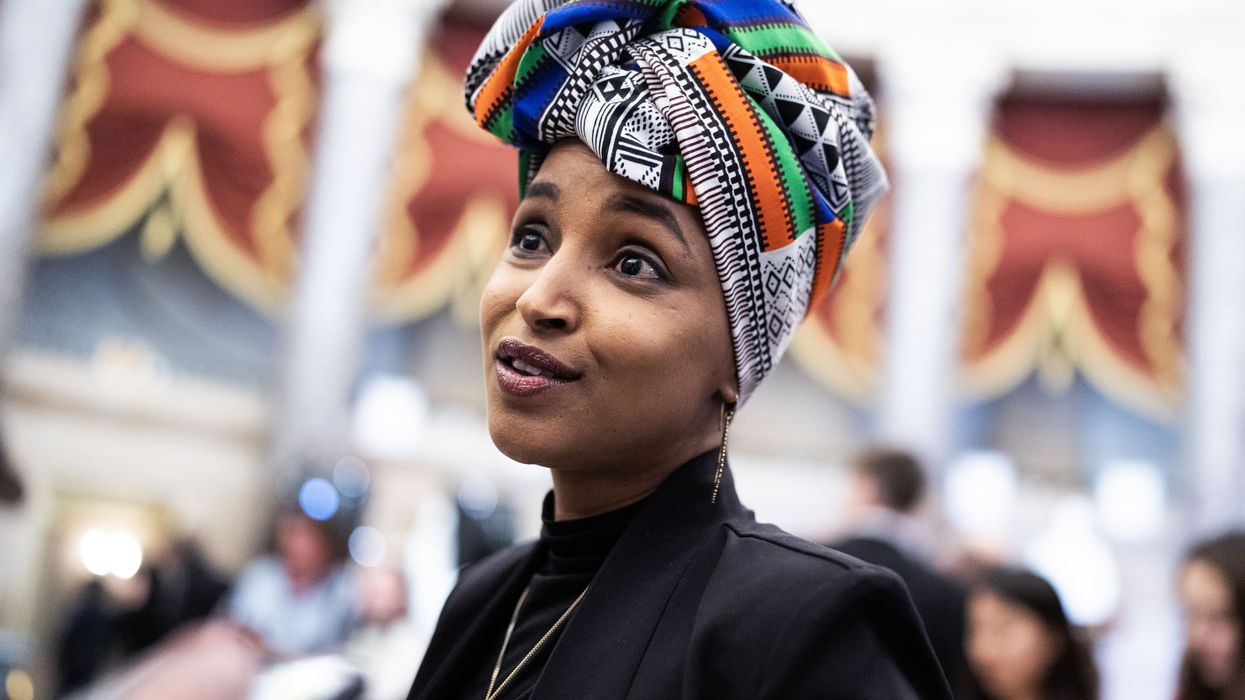Trump's Bigoted Attack on Somalis Denounced From Minneapolis to DC to Mogadishu
Rep. Ilhan Omar said that the president "fails to realize how deeply Somali Americans love this country.”
President Donald Trump is being roundly condemned for making bigoted attacks on Somalis, whom he referred to collectively as "garbage" earlier this week.
During a Tuesday Cabinet meeting at the White House, Trump unleashed a racist tirade against Somali Americans living in Minnesota, whom he falsely portrayed as layabouts who sponge up welfare money.
"I don't want 'em in our country, I'll be honest with you," Trump said. "Their country's no good for a reason. Their country stinks, and we don't want 'em in our country. I can say that about other countries too... We're going to go the wrong way if we keep taking in garbage into our country."
Trump then singled out Rep. Ilhan Omar (D-Minn.), a refugee from Somalia, as being "garbage," and then added that "her friends are garbage."
Trump on Somalis: "We're gonna go the wrong way if we keep taking in garbage into our country. Ilhan Omar is garbage. She's garbage. Her friends are garbage." pic.twitter.com/xtRtiTLzLz
— Aaron Rupar (@atrupar) December 2, 2025
Omar fired back at Trump in an op-ed published Thursday in the New York Times in which she said the president was resorting to overt bigotry against her community because he is rapidly losing popularity as his major policy initiatives fall apart.
Omar also defended her community against the false stereotypes deployed by Trump to disparage it.
"[Trump] fails to realize how deeply Somali Americans love this country," she wrote. "We are doctors, teachers, police officers, and elected leaders working to make our country better. Over 90% of Somalis living in my home state, Minnesota, are American citizens by birth or naturalization."
Speaking on behalf of the Congressional Progressive Caucus, Rep. Chuy García (D-Ill.) defended Omar and the Somali community, and called Trump's attacks on them "unacceptable and un-American."
"Not only does Trump's dehumanizing language put a target on her back and put her family at risk, it endangers so many across our country who share her identities and heritage," García added. "We know just how dangerous this racist and inflammatory rhetoric is in an already polarized country."
In an interview with Al-Jazeera, Minnesota state Sen. Omar Fateh (D-62), who is also of Somali descent, said Trump's attacks were "hurtful" and "flat-out wrong" given what many Somalis in the US have accomplished.
"It is a community that has been resilient, that has produced so much," he said. "We are teachers and doctors and lawyers and even politicians taking part in every part of Minnesota’s economy and the nation’s economy."
He also emphasized that Trump's rhetoric was putting the entire Somali community in danger.
“We’ve had our mosques be targeted," he said. "Myself, I had a campaign office vandalized earlier this year, and so we want to make sure that our neighbors understand that we’re standing up for one another, showing up in this time in which we have a hostile federal government."
Trump's bigoted attacks on Somalis are also making waves overseas. Al-Jazeera also spoke with a resident of Mogadishu named Abdisalan Ahmed, who described Trump's remarks as "intolerable."
“Trump insults Somalis several times every day, calling us garbage and other derogatory names we can no longer tolerate," he said. "Our leaders should address his remarks."


![People gathered for a traditional Somali wedding in the banquet room at the Safari Restaurant and Banquet Center at 4th Ave. and Lake Street, Minneapolis, Friday afternoon, July 29th, 2011.] Bruce Bisping/Star Tribune.](https://www.commondreams.org/media-library/people-gathered-for-a-traditional-somali-wedding-in-the-banquet-room-at-the-safari-restaurant-and-banquet-center-at-4th-ave-and.jpg?id=62230790&width=1245&height=700&quality=80&coordinates=0%2C175%2C0%2C176)